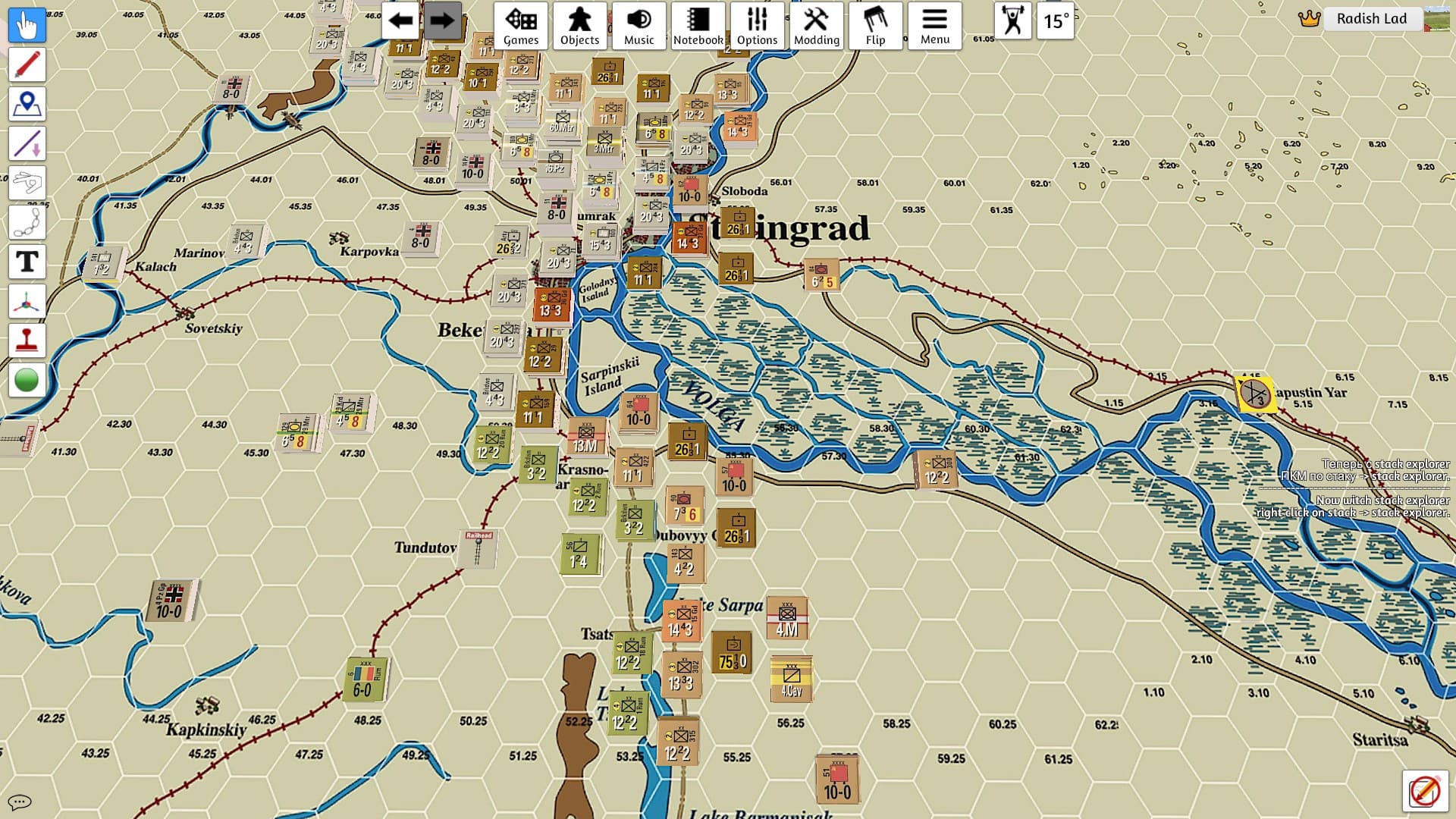The Pittsburgh Press (November 18, 1942)
NAZIS STEMMED AGAIN IN FIERCE STALINGRAD FIGHTING
Reds capture two mountains near Nalchik
Germans pay heavily for small gain in drive to reach Volga
By Henry Shapiro, United Press staff writer
Moscow, USSR –
Front dispatches said today that the defenders of Stalingrad had again stemmed the Germans and that Red Army forces on the offensive southeast of Nalchik in the Caucasus had captured two mountains.
The army organ, Red Star, reviewing a German advance yesterday in a northern factor district of Stalingrad, said the Germans had paid an exorbitant price for a small gain. In a suddenly revived offensive, the Germans had tried to accomplish their long frustrated purpose of driving to the Volga, where ice floes were hampering the delivery of supplies to the defenders.
Gains cost Nazis 1,000 men
Their gains cost them at least 1,000 men, besides 60 trucks and other material.
Northwest of Stalingrad, Soviet artillery dispersed and partly wiped out two companies of Axis infantry.
Although the latest communiqué reported no new Russian advance southeast of Nalchik, dispatches from that area said the Red Army continued to advance. Soviet forces drove the Germans from two strongly fortified mountains, then fresh Soviet units drove them to an unnamed river, forced the river and continued the pursuit, these dispatches said.
Snipers take toll at Leningrad
Northeast of Tuapse Naval Base, the other Caucasian front, Soviet scouts penetrated the rear of the enemy and smashed a company of Romanian infantry.
Soviet snipers have killed 529 Germans on the Leningrad Front in three days, the communiqué reported.
Last midnight’s communiqué had reported a Russian setback on the Volkhov Front, above Lake Ilmen on the northwestern front. The Germans, after losing 3,000 men in six attacks on a strategic locality the Russians had recently taken, broke through to the outskirts on the seventh attempt.


